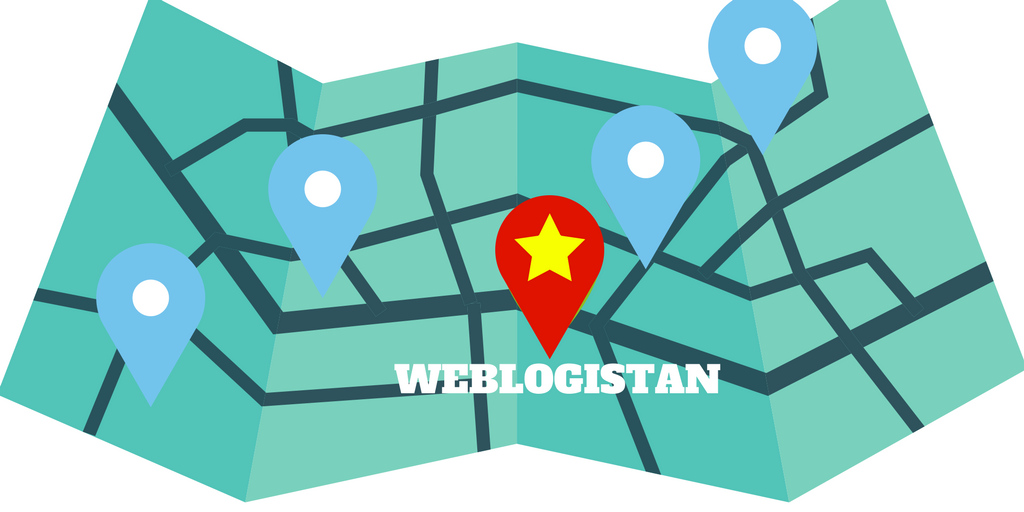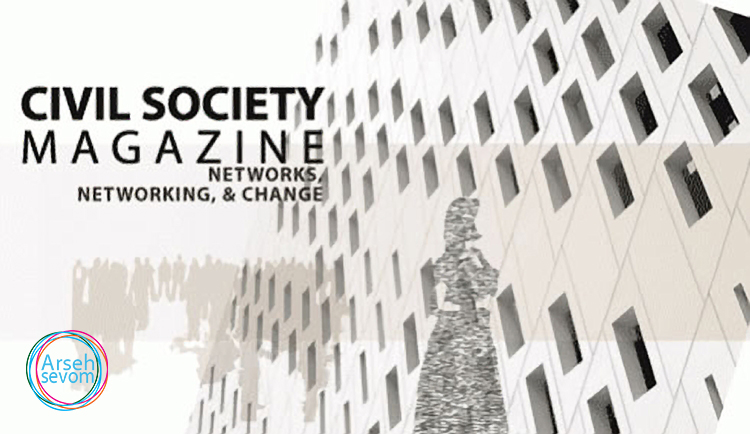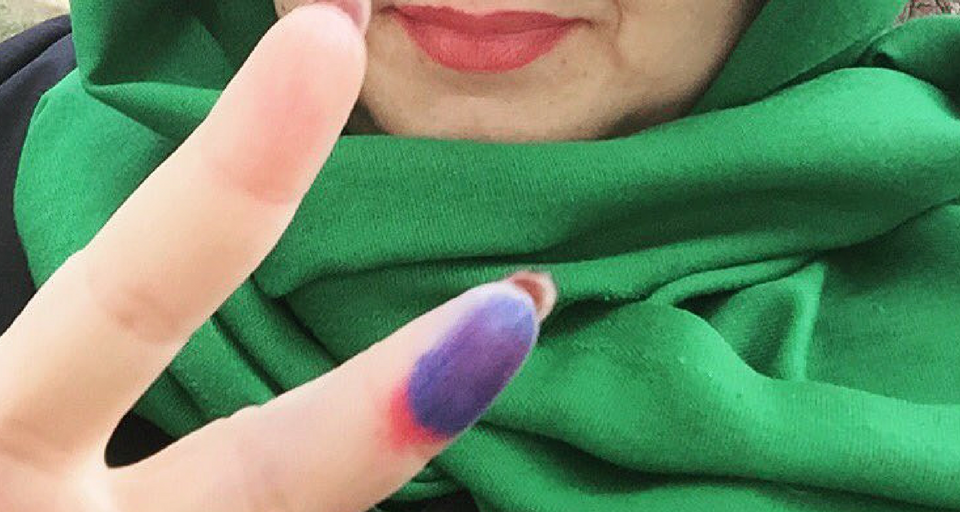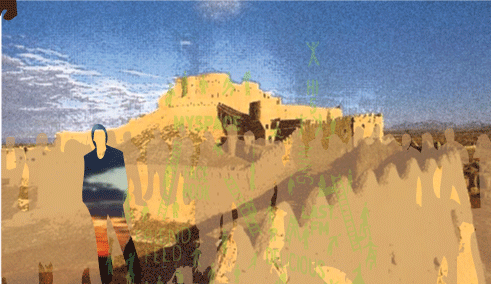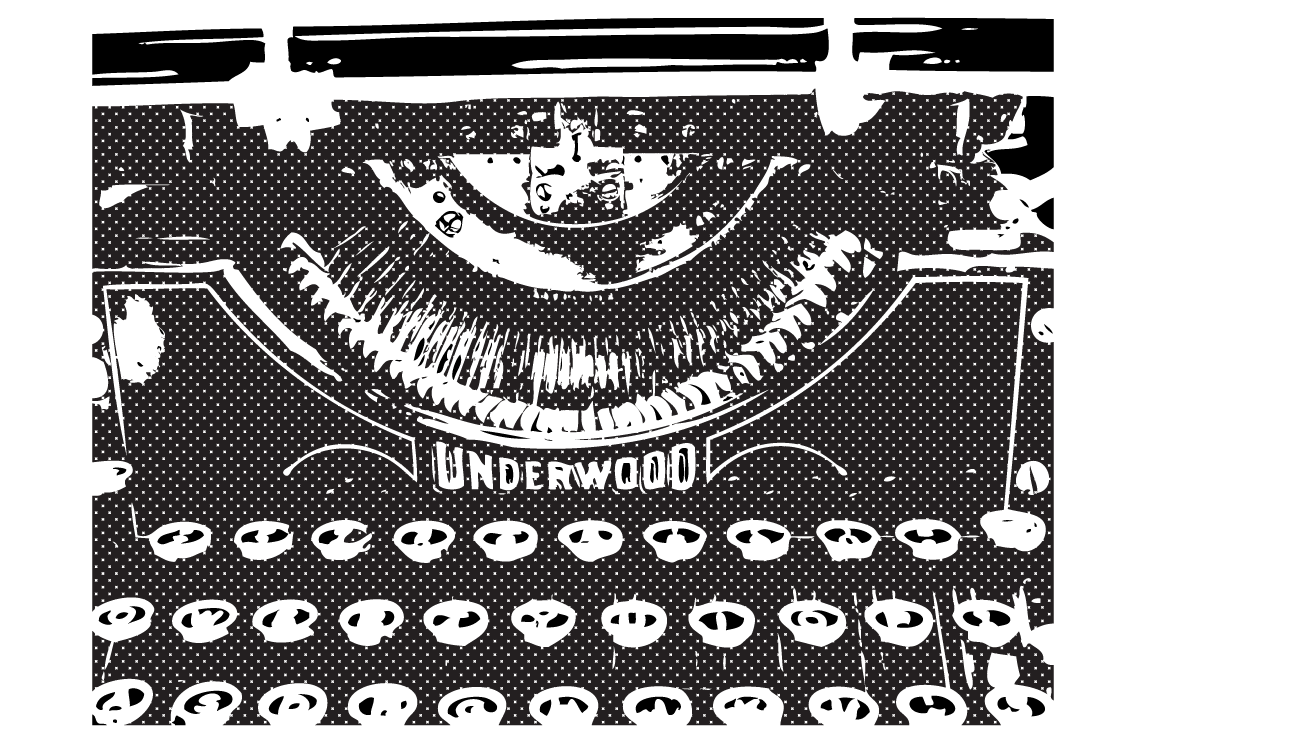
Submit to the Civil Society Zine
April 8, 2011Iran: Parliament ignores concerns of independent civil society organisations over draft bill
April 12, 2011Creating Social Capital in Politically Restrictive Environments: The Virtual Sphere and Iran’s Weblogistan
University College London
The public sphere can be best summed up as the “constellation of communicative spaces in a society that permits the circulation of information, ideas, debates, and the formation of political will and public opinion,” serving as the breeding grounds for a vibrant civil society.1 In open democracies, civic connectivity and engagement has produced a shared sense of collective trust and community norms, bounded through organization and collective action. While civic engagement in the public sphere is not always produced by political motivations, the very essence of social interconnectedness, collective force, and influence through social change will always carry political undertones.
To preserve power and political stability, many repressive regimes have taken measures to prohibit extensive civic engagement and bar the development of a free, civil society. In cases where engagement in the physical public sphere may be limited, a rise in virtual space has provided alternative mode for collective organization, linking closed societies to an open sphere of civic dialogue. The question remains then, can civic engagement in the virtual sphere allow repressed societies to create social capital equivalent to that seen in the open, democratic physical sphere? As we will examine later in this article, the power behind Iran’s Weblogistan has been playing a crucial role in developing ideologies, increasing interconnectedness, and strengthening social ties. Through the weblog and similar mediums of virtual communication, technology presents an alternative to traditional public space in engaging individuals, connecting society, and developing social trust.
Understanding Social Capital
In the same way one thinks of human capital as the valued knowledge and experience of an individual, social capital refers the value produced between relationships in society. Defining social capital, Putnam emphasized its “features of social organization such as networks, norms, and social trust that facilitate coordination and cooperation for mutual benefit.”2 Discussing the strengths among social connections, Granovetter established that strong ties relying on a consensual two-way relationship yielded higher levels of interpersonal trust, yet these ties were most often constrained to a smaller network with a limited social span. On the other hand, weak ties depended only on a mutual point of contact and could penetrate far deeper into social networks, yet due to distance, held less potential for creating strong linkages of interpersonal trust. When brought together by a mutual bond in a collective environment, weak ties strengthened their interconnectedness through interaction and face-to-face contact, in what Granovetter referred to as the bridging of social capital.3 Through this process of bridging connections under a collective interest, diverse communities could then become integrated, cohesive social units through a social network.
Repression of the Public Sphere: The Islamic Republic of Iran
Since the establishment of the Islamic theocracy in 1979, public spaces in Iranian society have been severely restricted. As it is stated in the Iranian constitution, the government allows for a “healthy encounter of different ideas,” but clearly does not permit any “propagation of destructive and anti-Islamic practices.”4 Realistically, a fine line exists between what is tolerated and what is forbidden by the state. Immediately seeking to repress individuality and lessen the threat of opposition, post-revolutionary Iran embarked on a decade of unity (Vahdat) to homogenize society and craft an obedient and controlled civil society.5 As Ebrahimi remarks of this period:
Large and crowded squares of the city were transformed to places in which any appearance, behavior and presence had to follow a pattern, consisting of bans and permissions. On the precise moment that the moral police was installed in the public spaces, all women tried to fix their hejab, girls and boys distanced themselves, laughter and loud voices were controlled, everything entered into the order of “andaruni.*6
Using citizens to enforce codes of behavior
During this time, the public sphere was politicized as the state forced civil society to closed, private spaces.7 To maintain power and legitimacy, the government followed popular methods for preserving authoritarian rule, limiting the development on the “self” and thereby inhibiting a fundamental building block of civil society. In addition to closing the physical public sphere, Iran successfully impeded on interpersonal trust through the strong societal emphasis on morality and Islamic ethical codes. In reviewing the government reliance on community policing, Ebrahimi notes that a strongly fortified traditional culture overpowered any need for state-sponsored surveillance initiatives, with everyday citizens enforcing the ethical codes of the government beyond the capabilities of the moral police.8
Nascent civil society
Despite Iran’s diminishing civic culture, the Khatami presidency from 1997-2005 marked some significant democratic reforms and the re-emergence of civil society. Increasing press freedoms, Khatami allowed reformist media sources to flourish in hopes of serving as counterinfluence to Iran’s closed political structure, and although a far cry from an independent media sector, the ease in restrictions allowed civil society to increase its presence in the public sphere.9 While this initiative lasted for only a few years, civil society had already began to reclaim the public space, and by 2000, Iran was estimated to have between 1,500 and 2,000 civil society organizations.10 In a sign of the changing times, these organizations began to increasingly place focus on issues of modern concern including women’s issues, which would have, in previous times, drawn much negative attention and government control.
Civil society is forced back into the closet
While the country saw a brief period of eased restrictions under the Khatami administration and embarked on a gradual path to develop civil society, liberalization under the reformist movement was soon put to a halt by government crackdowns from the conservative right. The election of Mahmood Ahmadinejad in 2005 was marked with tight government restrictions and suppression of civil liberties. Once again, people were forced out of public spaces and sought refuge in private, hidden spaces. Abolishing many of Iran’s civil society organizations, the government heavily regulated activities of remaining organizations, violating the “non-governmental” aspect and creating a blur between free, civil society and state influence and control. Yet, while the Iranian government tightened its grip on civil society and forced the masses out of this newly acquired space, it underestimated the increasing influence of the internet as a virtual public sphere.
The Rise of Weblogistan and a Virtual Society
In the past decade, the number of internet users in Iran has dramatically increased, with an estimated 38 percent of the country currently engaging in online mediums.11 The most common usage of online engagement can be seen in the blogosphere, or “Weblogistan,” as it is commonly referred to in Iran. In 2001, the introduction of a Persian character typing system combined with increased national access to the internet led to a drastic rise in Iranian bloggers.
With the fourth largest population of internet bloggers in the world, Iranians use blogging as a platform for personal expression, political commentary and debate, and open, unrestricted discussion.12 Where suppression of the physical public sphere has prevented personal expression and identity, this new virtual space provided as an outlet for society to resume in civic engagement. Journalists flocked to the blogosphere as a new medium to replace government-suppressed news and print media, while on a wider scale, Iran’s youth population used the platform as a vehicle for self expression, political commentary, and uncensored forms of discussion.13 For an increasingly homogenous society adhering to government standards to limit self expression in the physical public space, access to the internet has provided a revolutionary way for citizens to defy oppression and develop a sense of self through an otherwise restricted virtual public sphere.
Trust transfer
The anonymity of the virtual sphere serves as a positive influence in the Weblogistan. Because revealing one’s identity can be a risk to personal security, a significant amount of Iranian bloggers have taken on aliases or pseudonyms, protecting themselves from regime surveillance. Additionally, the faceless space of the virtual sphere has particularly empowered women, giving them a platform to surpass cultural traditions and deprived physical freedom which has prevented them from fully engaging in traditional space.14 Despite the anonymity available in internet engagement, many Iranian bloggers use their real names and identities, providing an added credibility to the testament of the blogger. 15 There has been a demonstrative amount of trust transferred over from the physical public sphere, where reputations of well-known Iranian social figures facilitate social trust in these virtual communities.16
The virtual sphere has allowed the community to transcend geographical boundaries on a macro-level and develop social relationships with members outside of Iran. From notable Iranian expatriates to everyday migrants to societal liberators, the breadth of this community has created dialogue between a very diverse set of members and has thus bridged ties spanning across continents. In connecting the outside world with civil society in Iran, the virtual space has also allowed a global population to contribute additional thoughts, ideas, and human resources. The delivery of social empowerment tools to expand the capacity of the Iran-based network is one example of physical resources made available though the virtual space, where organizations like Tavaana.org and ArsehSevom.net have provided learning courses and information specifically relevant to Iran to further empower civil society.17 Without the access given through this virtual space, such initiatives would never physically reach Iranian society.
Creating Social Capital through a Virtual Association
As a virtual community marked by commentary and online interaction, the Weblogistan has bred interconnectivity among Iran’s virtual dwellers, establishing the notion of a virtual civic association. Blogs have taken political and non-political forms, and have consequently created dialogue and facilitated engagement along both trajectories, as would community associations in the traditional sphere. Contrary to physical realities, Ebrahimi reveals that in most cases, criteria for establishing levels of social trust with Iranian bloggers is based less on physical identity and more on factors like age of weblog, frequency of posts, number of links referring to the blog, and the manner in which the writer interacts with other bloggers.18 All of these characteristics illustrate the way in which virtual society has developed a governing system of rules for interaction and connectivity. Reputations are gained based on a weblogger’s status, weak ties are connected via online linking referrals, and interpersonal trust is gained through repeated virtual interaction. In this sense, the Weblogistan as a virtual association can meet many of the requirements of the physical, traditional association in harnessing social capital and increasing connectivity among society.
Driving Forces Behind Iran’s Virtual Civil Society
Reflecting back on the reformist attempts to re-open the physical public sphere, the momentum used in building up Iran’s virtual civil society can be attributed to the brief liberalization of press and media and the expansion of civil society organizations during the Khatami era. The virtual sphere gained strength while these physical efforts were still active, allowing for continued access to a public platform after the re-closure of public spaces. As Abdo notes, the virtual sphere was critical in harnessing social capital because of its timely ascendance among a newly engaged Iran, serving as an even more powerful platform for self expression free from state regulation and control.19
Additionally, some degrees of trust present in the virtual sphere may be attributed to larger narratives floating throughout the public and virtual space. Iran’s Green Movement which gained legitimacy as the platform for presidential candidate Mir Hossein Mousavi in the June 2009 elections saw a great deal of success through online mediums and mobilization efforts. While many engaged virtually to organize mass demonstrations, there was a degree of trust based on the identification and knowledge of physical movement leaders and supporters seen in the streets and on television. Ascribing these physically verifiable characteristics to online efforts served as a motivating force for creating levels of trust in the virtual sphere at this time.
Iran and Repression of the Virtual Sphere
The virtual sphere offers new avenues for engaging in a public sphere. Yet just as government has tried to suppress activities physical space, it has carried over its authoritarian control to the virtual sphere possessing one of the most extensive web filtering systems in the world.20 In a rating done by the OpenNet Initiative, Iran scored on the extreme end of web filtering in all four web category classifications.21 In restricting public space, the government has on several occasions shut down access to key internet sites and has been able to immobilize political associating around crucial demonstration times. Again as in the public sphere, the state has engaged in internet surveillance techniques to monitor online activities and discussions. Current tactics by the regime include drastically slowing down internet connection speed, restricting access to crucial communication sites for social media, news, and email. Additionally, the Iranian government has taken restriction and surveillance initiatives into their own hands by developing surveillance and censorship technologies under a national capacity.22 Regardless of these strategies to suppress the virtual sphere, Iranians are still actively engaging online, finding ways around government blockades and surveillance. Since the internet lacks the physical element of the public space, censoring and restrictions have been harder to execute, especially with access to proxy servers which circumnavigate government censorship.
Conclusion
In restricted societies like Iran, the virtual sphere serves as an alternative to traditional space first by providing a mode of engagement. Through the use of expressive platforms like weblogging, individuals are empowered to establish a unique identity and further develop their personal and collective ideologies, which would otherwise be forbidden in the physical public sphere. Finally, the virtual sphere as an online community of discussion can foster interpersonal relationships and increase social interconnectivity. The idea of bringing together collective interests and building social capital through virtual sphere is still a relatively new phenomenon, thus the full effects and outcomes of this process are still being understood. Yet from this research, several key conclusions can be made:
Like traditional methods of social organization, the virtual sphere connects weak ties, bridges social capital, and builds stronger bonds. The virtual sphere facilitates an increase in weak ties, which alone are not strong enough to form significant social capital between members of society. The main achievement of the virtual sphere is the ability to foster these weak ties into more formidable, trusting relationships. In the same way traditional community associations pool together weak ties through points of mutual interest, virtual associations bridge these connections under a collective identity, as seen in the Weblogistan.
Social capital is no longer solely a product of the physical public sphere. In regards to the overall state of civil society, it is clear that interpersonal trust can be a produced in the virtual space, without direct physical contact or face to face interaction. Replacing physical contact, establishment of new social norms governing the virtual community has allowed for the creation of social capital via Iran’s Weblogistan. This revolutionary finding suggests that telecommunication technologies which in many ways are less regulated by government have a high likelihood of connecting civic communities in repressed societies. While it is hard to say how this capital will measure when carried back over to the physical realm, the significance of virtual connections lie building capacity of trust among a repressed society.
Social capital from trust networks and political circles can be transferred to, and expanded upon in the virtual sphere. When examining the virtual sphere as a source for creating politically motivated social capital, it very well may be that some of the social networks and degrees of interpersonal trust may rely on a basic, minimal degree of networking done through physical networks. Online organizing and cooperation through virtual platforms may not reflect the point where engagement initially conspired, but rather where physical networks come to organize under the radar of government officials.
While the virtual sphere has limited reach, it is gradually increasing connectivity within society. One of the main problems with the virtual sphere is limiting its audience to only those with access to the internet. While over one third of Iran has internet connectivity, there is still a large gap in societal representation. On a positive note however, enhancing social capital within this smaller target audience via the virtual sphere may create a greater sense of civic confidence and expanded ideological knowledge, which can then be shared in the physical realm though tighter-knit social, family, and trust networks.
References


